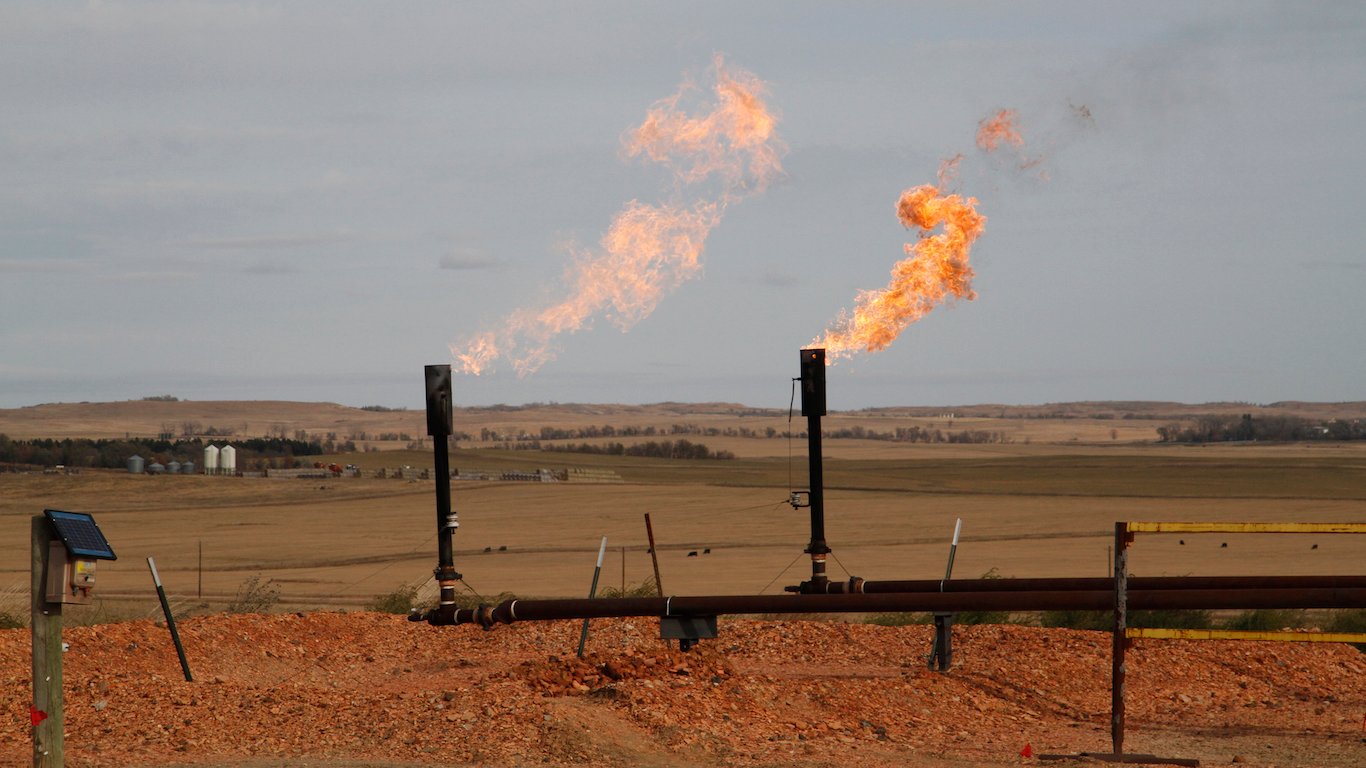Infrastructure
What's to Blame for Boston-Area Natural Gas Explosions?

Published:
Last Updated:

At least 70 homes in the Boston area have been damaged or destroyed since Thursday afternoon in a series of explosions and fires due to an as-yet-unknown problem with the natural gas distribution system. One person died when a collapsing chimney fell on his car as he was driving.
At a press conference on Thursday, fire investigators suggested that over-pressurization in a gas-delivery main may have caused the blasts. The natural gas supplier for the affected area is Columbia Gas, a subsidiary of NiSource Inc. (NYSE: NI). Columbia serves more than 50,000 customers in the Merrimack Valley including the cities of Andover, North Andover, and Lawrence where the explosions and fires occurred.
Ironically, perhaps, earlier in the day Columbia Gas issued an announcement that it would begin upgrading its distribution lines in the region. According to the press release:
For your safety, your gas service will be off during the installation. We may relocate the gas meter to an appropriate place outside – at no additional cost to you. Once our work is completed, we’ll conduct a natural gas safety inspection outside and inside your home or business. After a successful inspection, we’ll relight your appliances.
The blasts call to mind the September 2010 explosion of a natural gas pipeline in San Bruno, California, just south of San Francisco. The two incidents are considerably different, however. The San Bruno blast occurred on a 30-inch main and killed eight people, leveled 35 homes and blew a massive hole in the street more than 40 feet deep and 165 feet long. PG&E, the company that owned and operated the gas lines, paid billions in fines and other costs as a result of the blast.
The carnage in Massachusetts was localized to individual homes, leading investigators to suspect that small-diameter distribution lines were over-pressurized. Natural gas lines into a house would normally maintain a pressure of around 0.25 lb per square inch, just barely higher than normal air pressure. But gas travels at significantly higher pressures before it reaches the meter and the regulator attached to a house that reduces the pressure to safe levels for consumers. The house fills with gas and the slightest spark can ignite it. Why the lines became over-pressurized (if indeed they did) will be determined over the course of the next several days.
NiSource stock posted a new 52-week high on Thursday of $28.11, and shares traded down about 7.5% in Friday’s premarket session to $25.99. The stock’s consensus price target is $27.63.
If you want your portfolio to pay you cash like clockwork, it’s time to stop blindly following conventional wisdom like relying on Dividend Aristocrats. There’s a better option, and we want to show you. We’re offering a brand-new report on 2 stocks we believe offer the rare combination of a high dividend yield and significant stock appreciation upside. If you’re tired of feeling one step behind in this market, this free report is a must-read for you.
Click here to download your FREE copy of “2 Dividend Legends to Hold Forever” and start improving your portfolio today.
Thank you for reading! Have some feedback for us?
Contact the 24/7 Wall St. editorial team.